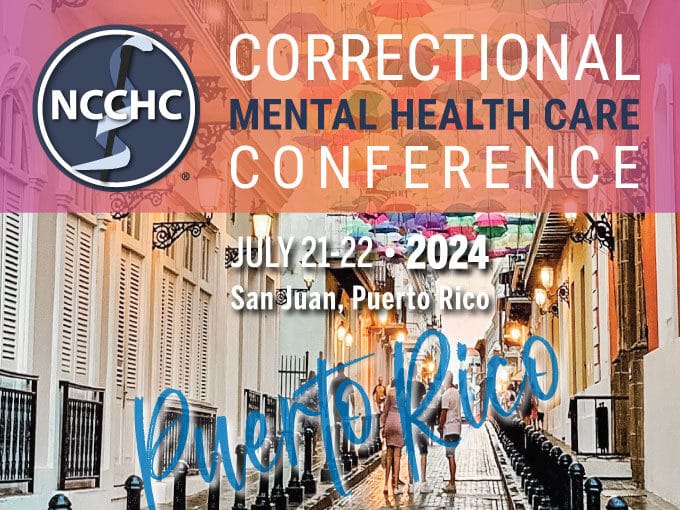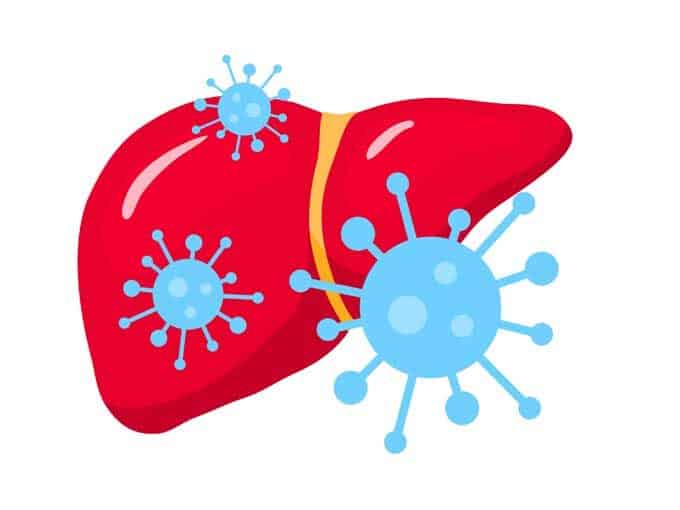
Say hola to Puerto Rico
The 2024 Correctional Mental Health Care Conference will be held in sunny San Juan!
Home Correctional Health is Public Health, But It’s Not Exactly Community Health
In our work for NCCHC Resources, we often have the opportunity to help executive leaders and the systems they head find solutions for the unique constraints of correctional health care. Frequently, we face situations where very experienced health system leaders are interested in assuming more involved roles in their community’s correctional health services, frequently found in jails. Rightly, they see the overlap, synergy, and potential efficiencies between community health and correctional health care missions.
However, despite their extensive experience in complex health systems, even experienced senior executives at community and regional public and private health systems may lack the experience to discern the unique challenges and forge needed solutions for correctional missions. Sadly, this can result in highly visible failures, including financial and reputational damage. As a health systems specialist now working in this discipline, I am deeply interested in examining these disconnects and helping leaders be successful.
For a typical community health provider or leader, working in a correctional environment may seem as foreign as working in another nation. There are different rules, risks, standards, attitudes, barriers, culture, and so forth. Jails have processes of care that are not present in community settings and have their own standards for timely access to care and outcomes. It’s not possible to simply operate a jail health system as if it is a health-system based community practice.
Here are some thought-provoking comparisons:
| Community Health | Correctional Health | |
| Financing | National and state public dollars for indigent care are available to hospitals and health systems (with some exceptions) and may include financial and outcomes incentives and actuarially based capitation. Commercial payers also use provider networks, member incentives and disincentives, and performance-based payments. |
For jails, health care is generally funded through local taxes, which necessarily affects other local public spending options such as schools, libraries, infrastructure, and even law enforcement. While in some cases, federal dollars are available for inmate health care, it is rarely a large portion of the spending. |
| Human Resources | Public and private health systems may offer pay and benefits that are competitive and appealing. Private systems specifically are not bound by civil service pay restrictions and may be affiliated with prestigious teaching hospitals and offer comfortable and perceived safe work environments as well as benefits. In many cases, health systems are affiliated with independent private practices and have reduced HR and related considerations. |
Significantly greater challenges in recruiting and retaining providers, nursing, and mental health staff. Location, perceptions of safety, and professional reputation can be a challenge. Must provide around-the-clock services. Limited transparency and leverage in negotiating off-site provider rate, billing, and invoicing. |
| Political Challenges | Public and even private health systems face pressure to provide services to the uninsured and indigent. Certain much needed services (e.g. substance abuse treatment or behavioral health) may not appeal to all communities. Further, while Medicaid expansion improved access, costs remain a barrier for many patients and providers may receive unacceptably low reimbursement, further challenging access. |
Highly contentious area. Communities and their elected officials have variable positions on the priority of health care in jails. Some private and public systems face pressure to do more, others to focus on the nonincarcerated. Legislative support for off-site care payment rates (tied to Medicaid, Medicare, or another rate structure) can greatly reduce county costs for jail health but they face stiff and organized opposition from hospitals and providers. |
| Quality Assurance | Well-established systems are in place to ensure compliance with national or state standards of quality measurement and performance. These are usually linked to reimbursement for services. | Provider coding does not align with community standards nor can it be incentivized. There is very limited performance measurement and other data-driven care management strategies are therefore severely constrained. |
| Litigation Risks | In private or public health systems, medical errors are frequently the focus of litigation. States may significantly limit awards for damages. | The focus is on deliberate indifference and claims are handled in the federal system as violation of civil liberties. No limits in place for compensation and remedy. Consent decrees and receivership can last for decades and cost counties hundreds of millions of dollars over time. |
| Medical Compleixity | Larger hospital systems have extensive primary care and specialist networks. In addition, space and equipment is generally scaled to demand, therefore providing needed services, especially for more complex services. There may be cumbersome insurance processes. | Incarcerated people frequently have complex and untreated clinical problems that require multispecialty care. Generalists must locate and develop relationships with specialists who may not be readily available. There may be cumbersome referral and utilization review processes that further complicate this. |
| Patient Access and Movement | A variety of settings is available. While transportation and access concerns can certainly be present, there are frequently mitigating systems such as public transportation. Hospitals and clinics are incentivized to support access. | Significant restrictions on how, when, and where care is delivered. Patient movement and access are limited. There is also a low but real risk of escape attempts and assaults, especially at higher custody levels, thus requiring additional controls and restrictions on privacy. |
| Technology, Space and Equipment | Investments are welcome and long- and short-term planning exists. | Progress and improvements are constrained by politics and often driven by court decisions. |
| Community Relations | In well-functioning systems, the community works together to make care available. Good systems continually assess and respond to the needs of the community and do the hard work of making the business case for services. | Health care is not the primary mission of a jail. Some community partners in public health, public health systems, and mental health systems do not consider this population to be their clients and do not cooperate with jail health teams |
While this table oversimplifies the issues, it can be a starting point for conversation of the challenges of transformation in correctional health care. The complexities and barriers are many; the stakes are high; the need is great. NCCHC Resources offers health care executives the correctional health care and management consulting expertise to be successful in this unique environment.
By Brent Gibson, MD, MPH, CCHP-P
Managing Director, NCCHC Resources


